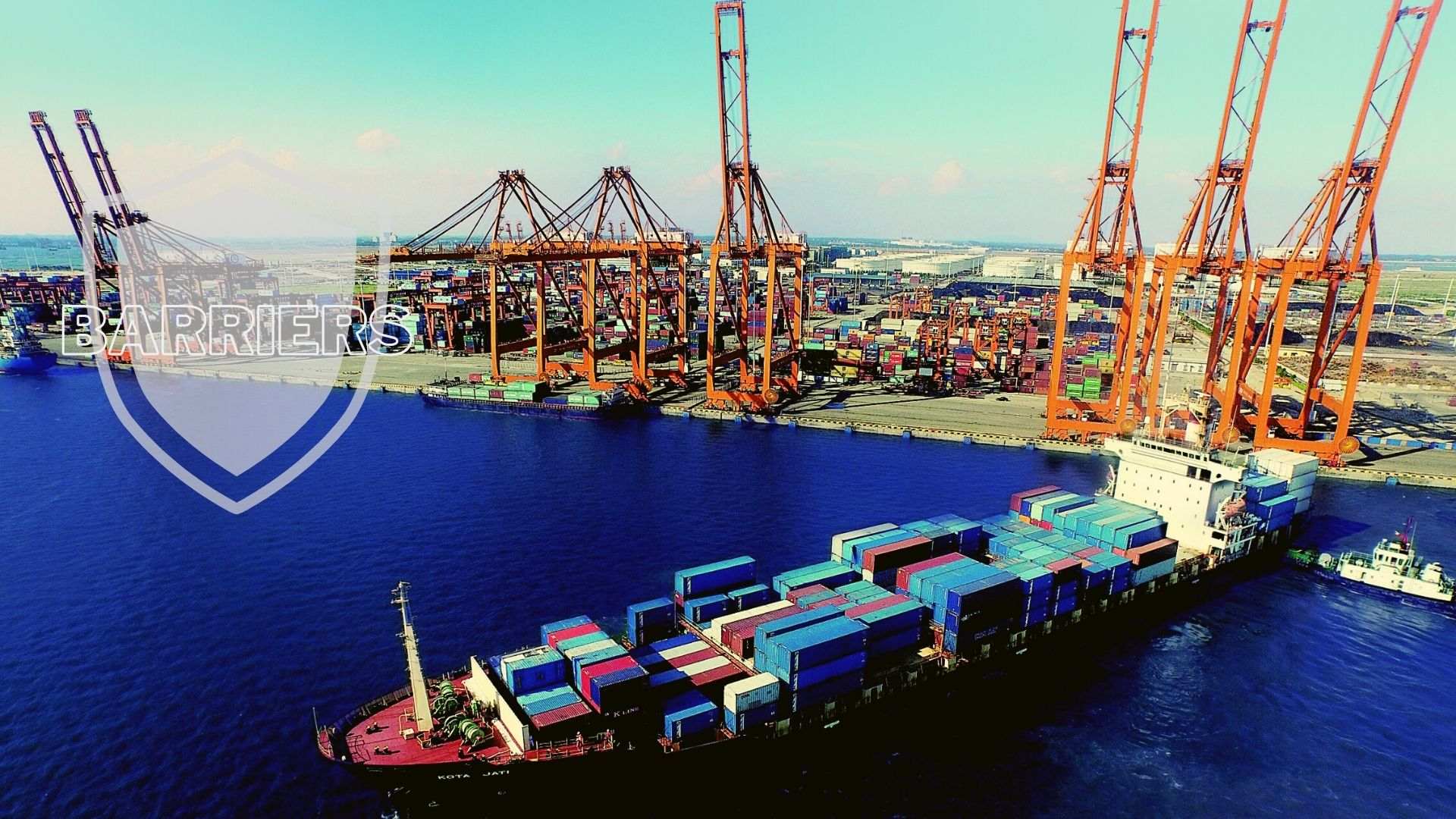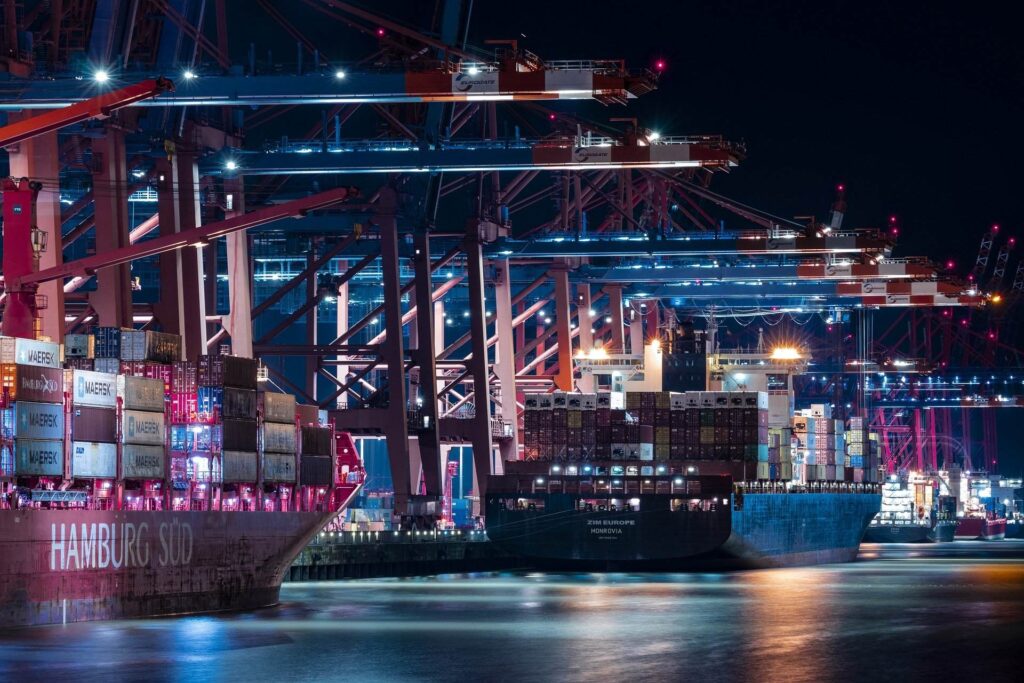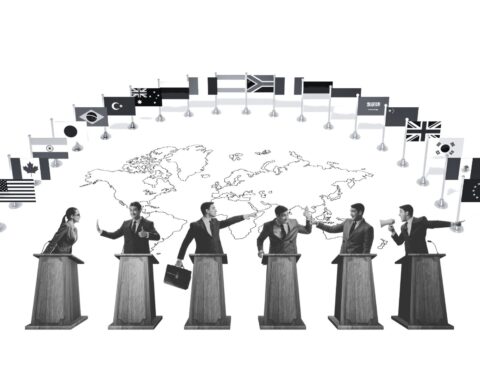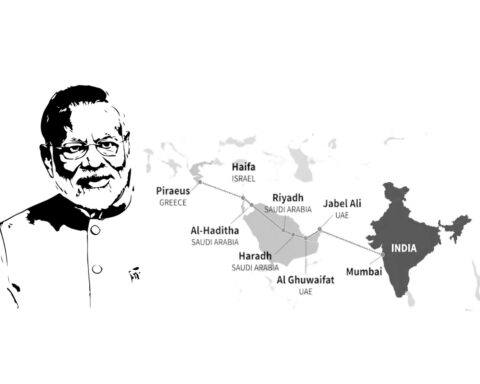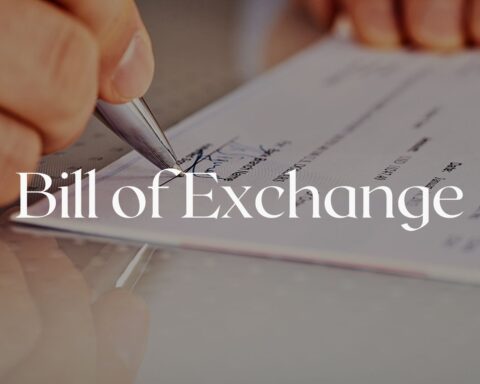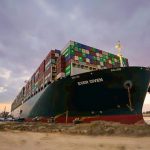Tariffs are customs duties imposed on merchandise imports by governments. A country or a trade block imposes a tariff either to a country or to a specific product. For the latter, it’s important to know the correct product code as the customs duties are applied according to HS Code.
It’s crucial for exporters to know about tariffs and non-tariff barriers before deciding to enter a certain country. They are also an important criteria when doing target market research as they directly affect the buying behaviors of importers.
Companies undoubtedly tend to import goods from the countries where there are low or no tariffs and non-tariff barriers to trade.
Only if a specific product is irreplaceable, then the importer bears the costs of high importing conditions. Otherwise they will look for other markets with cost benefits.
Why Tariffs?
Governments levy tariffs on imports mainly in order to give locally produced goods a price advantage, protect local producers and encourage them to grow. Other reasons of imposing tariffs are:
- To reduce the trade deficit
- To protect infant industries
- To protect domestic employment
- To protect domestic strategic industries that support national security
- To protect local producers from dumping
- To raise flow of revenue
While the governments levy high tariffs on imports in their own interest, it sometimes results in the opposite:
- Retaliation of other countries
- Trade war
- Decrease in product quality
- Price increase of local products
- Supply not meeting demand
- Increase of the inputs local producers need in their production process and increase of the end product price.
- Infant industries don’t feel the need to develop where there is no competition
Non-tariff Barriers
Non-tariff barriers are, by definition, trade barriers that restrict import or export of goods and services through various means other than the imposition of tariffs.
They are restrictive regulations to make import or export of a given product or service difficult and/or costly where levying tariffs are out of the question.
Why Non-tariff Barriers?
From the age of mercantilism until after World War II, tariffs played a big role for wealthy nations to protect their interests against relatively poor countries.
In 1947 The General Agreement on Tariffs and Trade (GATT) was signed by 23 nations in Geneva to promote international trade by reducing or eliminating such trade barriers.
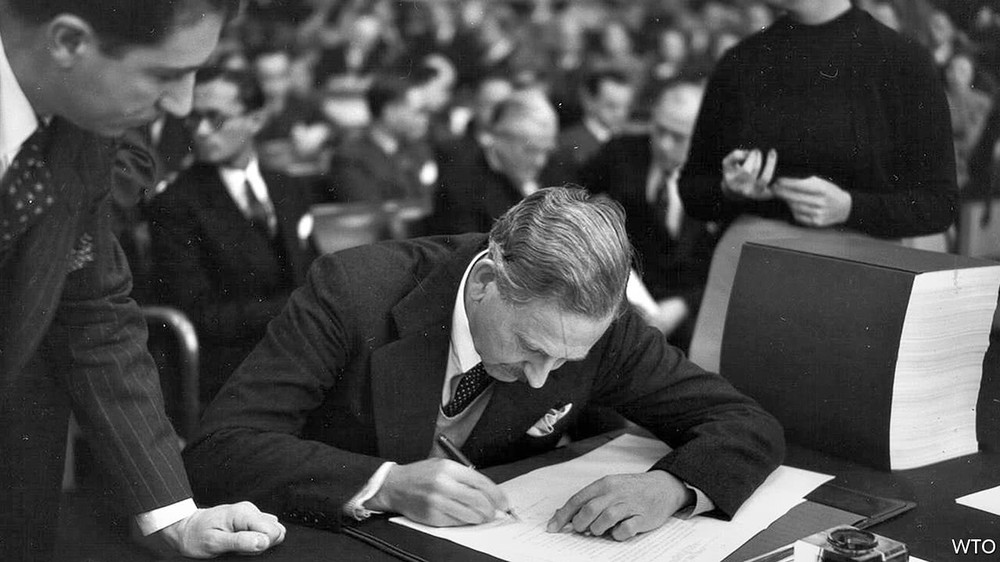
As GATT only focused on trading of merchandise and needed modifications and expansion of scope, the World Trade Organization was established in 1995 with the participation of 123 countries.
WTO, in addition to commodity regulations in GATT’s rules, included also the services and intellectual property.
GATT and WTO prevented countries from imposing unfair tariffs. As countries could not raise tariffs, they instead resorted to non-tariff barriers.
Types of Non-tariff Barriers
Quotas
Quotas are the most common restrictive regulations that governments enforce. With quotas, governments determine the importing or exporting limits for products and services for a certain period of time.
An export quota is used;
- To prevent local producers from shortages of materials (eg. shortage of steel for kitchenware producers due to over exporting)
- To prevent domestic consumers from shortages of certain end products (eg. shortage of sunflower oil for the locals when most of it is exported)
- To help regulate the volume of trade between countries
Import quota, on the other hand, is mostly used to protect the domestic producers and encourage them to increase their production.
Licenses
Countries use licenses as a non-tariff barrier by granting licenses only to a limited number of companies. Licensing applies to both export and import. Without a license to trade a particular product, a company is not allowed to export or import. In this way, the international circulation of a commodity is restricted.
Embargoes and Sanctions
Although embargoes and sanctions are slightly different from each other, they mainly serve a common purpose: imposing commercial and financial penalties to a whole nation, an entity, a group or an individual.
Countries apply these non-tariff barriers by banning or limiting export-import of goods or services; and also by seizing assets or freezing bank accounts.
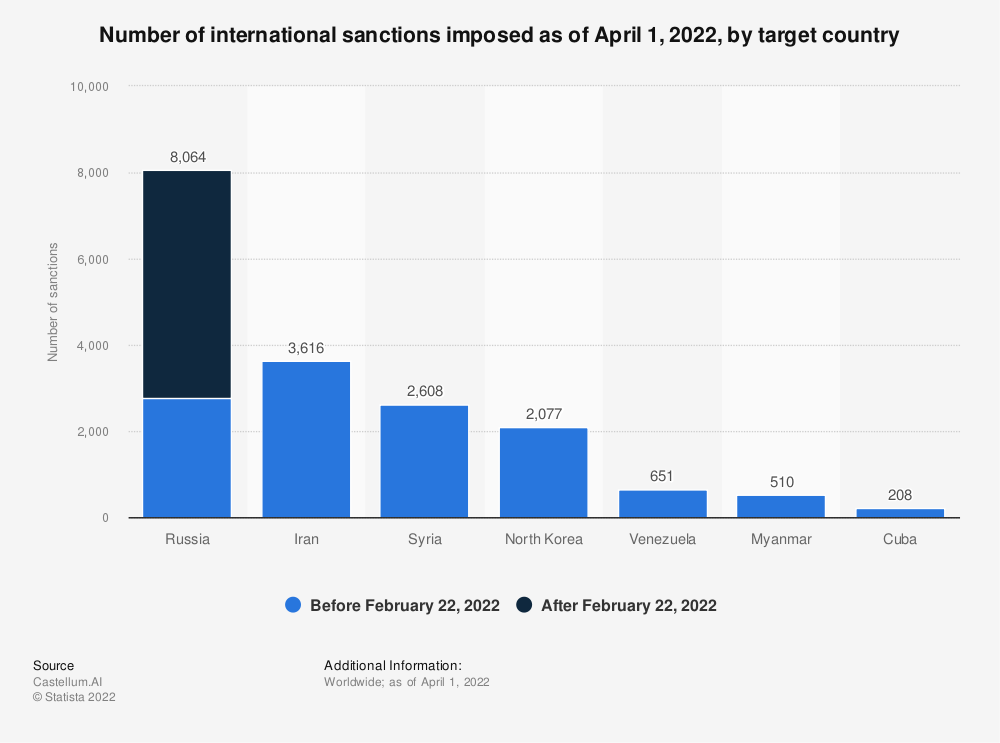
Voluntary Export Restraints
A Voluntary Export Restriction (VER) is a limitation that the exporting country voluntarily imposes on the export of a particular commodity at the request of the importing partner.
It generally happens when the importing country wants to protect its domestic producers and it’s implemented for a particular period of time.
The Japanese auto industry’s export restriction to Europe and America is a good example of voluntary export restraints. As Japanese cars put automakers in the US and European countries in trouble, some of these countries applied to Japan for voluntary export restraints. In response, Japan agreed not to sell more than a certain amount of cars per year to these countries.
In essence, Japan had to accept this. Otherwise they would possibly face worse tariffs and non-tariff barriers.
In other words, we can say that this restriction aims to prevent worse practices such as quotas.
Import Deposits
Import deposit is a means the governments implement as a trade barrier. According to this, a company who wants to import a product that is subject to import deposit regulation is required to deposit a certain sum of money to the central bank for a specific period of time.
The amount of the import deposit varies from a small percentage to several times the value of the import.
As the deposit imposes an extra charge on the import, the company’s desire to import that product will decrease.
Countervailing Duties
Countervailing duty is a tariff that an importing country levies on a specific product to protect its domestic producers by offsetting subsidies given by the government of the exporting country.
For example, raw iron bar producers of Country A sell their bars at $100 per ton. Country A also imports from Country B at $70. However after an in-depth investigation, it turns out that Country B subsidizes its producers.
In this case, Country A levies 30% countervailing duty on iron bars imported from Country B and eliminates the disadvantage of local producers.
Surcharges
A surcharge is an additional tax on imports which is a very common example to non-tariff barriers.
In this practice, besides the normal customs duty, an additional payment under the name of an additional tax or fund is taken to make the import expensive.
Anti-Dumping
Dumping is when a company exports its goods at a price below its cost or at a price below the price it sells in the domestic market.
To put it another way, If the exporter aims to beat the rival manufacturers and seize the market by keeping the export price constantly low, we call it dumping.
The importing company or country taking measures through investigation against the company or country involved in the dumping practice is called anti-dumping.
Check the website of Global Trade Alert to get updated information about interventions taken since November 2008 that are likely to affect foreign commerce.

